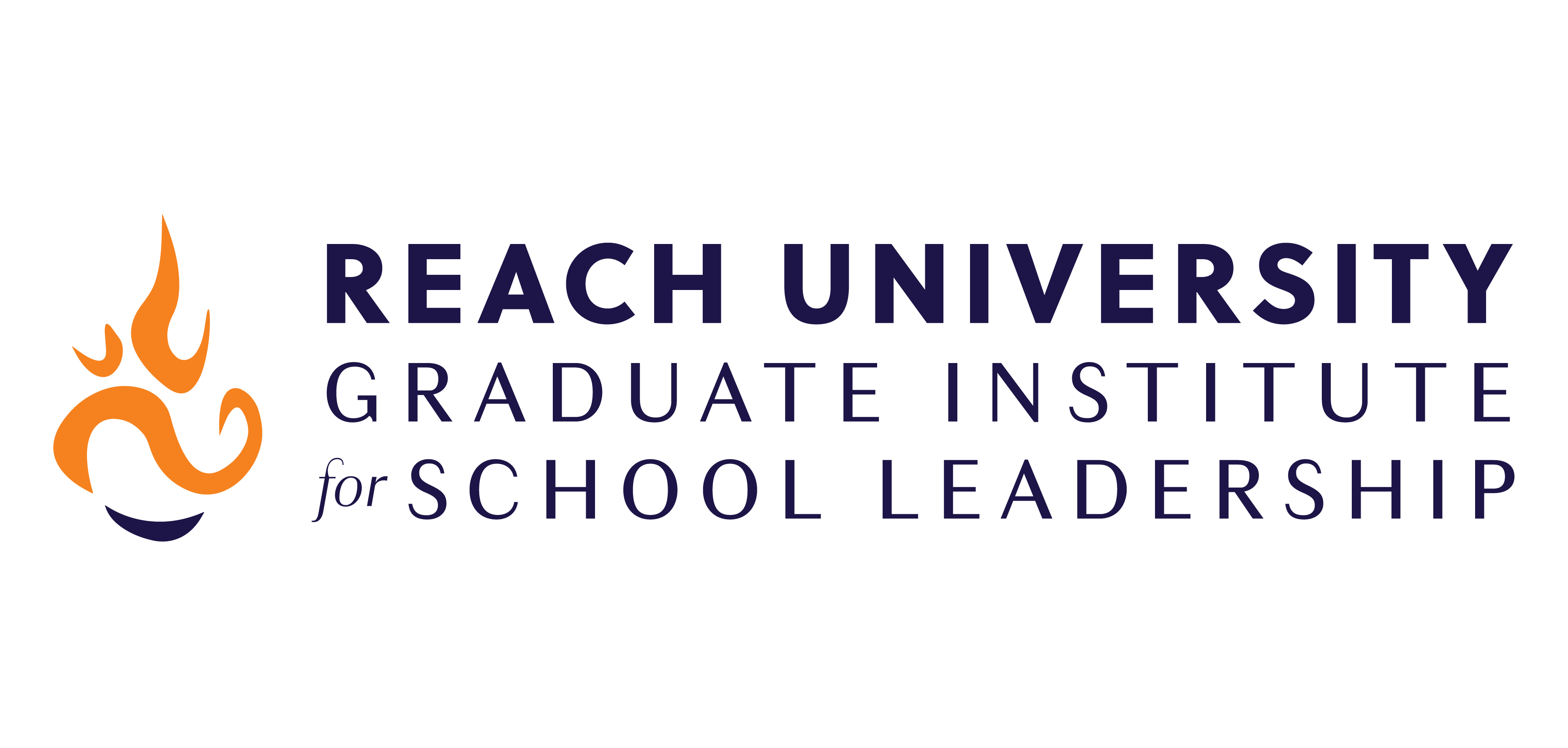Standards-‐Based Grading: Theory and Practice

ARISE High School is a small public charter school in Oakland’s Fruitvale neighborhood. In 2013, the school leaders (including myself) made the decision to transition from a holistic grading system to a standards-‐based grading system. In the subsequent years, the teachers and leaders worked to develop a codified set of learning targets that defined what students should know and be able to do in each course. During this time, it became apparent that teachers had different levels of understanding of the theory of standards-‐based grading, and had different levels of technical competence in implementing this system in their classroom. The literature indicates that standards-‐based grading is more beneficial to student learning than traditional grading systems, and that it provides more insight into student learning and gives feedback to teachers about their instruction. In order to address the diversity of teacher understanding and expertise in implementing standards-‐based grading, I designed an intervention that focused on three group workshops followed by individual coaching sessions. The goal of this intervention was to improve the ability of the Social Science department to use standards-‐based grading in their classrooms by deepening their conceptual understanding and by improving their technical skills. In order to evaluate the effectiveness of the intervention, I examined scripted notes from the workshops and coaching sessions, written feedback from the participants, survey results, and the artifacts created by the department. The data revealed that such an intervention is effective in shifting teacher thinking and improving teacher skills given the right amount of time and deliberate facilitation. Teachers reported a level of technical competence, and they created artifacts that reflected this thinking. They responded well to the deliberate facilitation, but observed how time-‐consuming the work was, and how little capacity they had to focus on this work during the allotted time. Although the intervention did increase teacher investment through the collaborative meaning-‐making process,

